|
It seems appropriate to see St Matthews before leaving. This is where it all began. This was where Ferdinand was commissioned to go to India in 1868. Doris went to marry him three years later. Three generations between me and them were also missionaries in India.
0 Comments
Among the scores of new documents pertaining to the family was this picture of Kuhlenstrasse in Uetersen. This photo must be after 1896 when the family sold the family house and saddlemaking store, because some of the houses have changed. Marianne Wagner-Renecke was such a wonderful help in understanding some of the history of the Hahn family. She is the person who transcribed Doris' diary, from which another cousin, Ilsa Nottrott Peetz translated to English. So I am eternally grateful to her for being the instrument through which I received this inspiration to seek out my heritage. Beyond that she was a great encouragement to me for the writing of the books about Ferdinand, Doris, and possibly other members of the Hahn/Voss family. Her father was the son of Marie (nee Hahn) Wagner. Who was very close to Doris. In fact they died within months of each other and buried in the same cemetery, also with husband Paul Wagner, in Hassegerode (near Wernigerode).  I also spend some more time with Helga Ottow. While she is not a blood relation I feel we are both tied together in the Gossner family. Gossner was the well known Pietist Evangelical* pastor of the Bethlehem church. Now only a frame of the building near Check Point Charlie commemorates the church. It was a church known for receiving refugees from other countries. The words on the base are: "Hope for those with hope." While Gossner was there in early 1800s, people from all walks of life attended his services. He taught much about the necessity for faith to be evident in actions. He was able, through the help of his parishioners to start the Elizabeth Hospital and many schools. Also the Mission Society and training school that made possible for humble artisans, like my great great grandfather Ferdinand, to go out as missionaries. The Gossner legacy is mine in so many ways. There are family connections, but I also have a spiritual relationship with the teachings of Gossner and the impact of those teachings in the world. For example, the Confessional Church during WWII also based much of its thinking on the teachings of Gossner. * Note: "Evangelicalism (from the Greek euangelion, “good news” or “Gospel”) emerged out of disparate movements that swept through Protestant churches in the seventeenth and eighteenth centuries. The first, and in many ways the most influential, was the Pietist Movement of the seventeenth century in Germany, a reform movement within Lutheranism which focused on the conversion and regeneration of the “inner man” and the belief that such an experience was necessary for salvation"
rom.http://www.astudyofdenominations.com/movements/evangelicalism/ This table of the manners of different Europeans is very telling. During what is called the long 19th century of course German identity was being formed. There was no unified Germany until 1871. So this chart classifies the men of the merchant classes. It is telling that the German speaker is in the middle, for German's had an identity of being "in the middle" between the west and east of the European spectrum. What does "being German" mean? What has struck me in searching about my ancestors is that they migrated within regions a great deal, to say the least about the out migration to places like the US. The emigration museum in Hamburg was very well done. Here the streams of millions of people from all classes of society, languages, religions. Some of my relatives may have come through this port.  There are many interesting emigration stories. But I have one of a return migration to share from my great great grandmother's diary written in 1915. The conditions on the boats to America were not ideal as this picture shows. Not much different then the description in Calcutta port headed for Hamburg, when the Germans were deported from British India: November 18. On board of the Golconda, in the harbor of Calcutta. What days of unrest are behind us! And how much more restless it is here on the ship! It is hard to find a quiet little space to write. The last day in Ranchi was trying, strenuous with all its farewells, closing of the business affairs, paying off the servants, accounting, packing the last dishes, etc. Finally, we were glad to sit in the train car and to leave everything, everything behind. No European friend accompanied us, but no officer either, no police bothered us. Only a few of our school girls had asked permission to enter the platform and stood weeping at our wagon. One old English lady, Miss Engle, who had faithfully stayed with us during the wartime, even though by no means sharing our national feelings, did not let anyone hinder her from traveling with us to Calcutta, “to see you off.” The train ride through the night to Howrah was not bad, and the reception in Calcutta by the emigration doctor Banks satisfying. I had a referral for him from my doctor in Ranchi, which he read quite friendly, but which did me no good, concerning lodging on the ship and possible diet, because the cabin spaces had been assigned much earlier, and Dr. Banks had in no way thought to make a change. He did not even recommend me to the ship doctor as I noticed later. In the train station restaurant in Calcutta, we were served a breakfast and heard there that the people from Dinapore and Ahmednagar would arrive soon also. O how I looked forward to the reunion with the loved ones! However, Dr. Banks wished to take us on board of the little steamship earlier, which was to bring us, all our luggage, crates and suitcases to the Golconda which lay further down the Hoogley (river) at the Kidderpore Docks. We could reach the launch by foot, only Aunt Uffmann had to be carried in part on a chair. On that little steamboat, an interesting picture presented itself to us: the arrival and boarding of all our luggage, the by and by arriving of German passengers from all parts of India, among them our dear ex-imprisoned missionaries with wives and children. O what a reunion! How pale and hollow-eyed the faces, how slender and skinny the figures! And yet, all glad and happy to have escaped the imprisonment and be traveling toward the homeland! The loading and greeting took hours. finally, we departed under the triple hurrah of the native luggage carriers, coolies, etc., who stayed behind, who most likely have been told that the Huns are now out of this country! And then the boarding onto the big steamer which we reached after a 45 minute ride. Unspeakable conditions! It could not have looked any different on an emigration ship from Hamburg to America. An overload of passengers, especially women and children, who all looked for their cabins, more or less successfully, which were only then given to us on lists. We found ours after a time in the rear, just below the screw, tight, narrow! And had it been only for me and the three daughters and Barbara, who would have to share amongst themselves the six berths, two and two above each other, that delineated the room at about one square meter, it would have been ok. But now stood on the list an additional Mrs. Michael with baby and governess, who were supposed to also come into this little hole. Truly a hole! How we should stand it in there for the next eight weeks, I do not know.  Doris had left her small town of Uetersen in 1871. But before the 20th century began all members of her family would have left Uetersen. Back in the 1830s her father had started his career there as a master saddle maker. He moved into a street where there was a leather factory and other leatherworkers, shoemakers, and saddlemakers lived. How he had come to this profession is not known. We only know that he did not grow up with his family in northern Schleswig Holstein. Perhaps he had learned the trade from the wealthy people he lived with. In any case there is little trace of the family now in what was once the happy home of this large pietist family. Each child chose a different profession and moved to other places. Even the graves of the old father and mother and some of the young who died in childhood can not be traced. Two other houses are built where their two houses once stood. While the branch of the tree that I come from did grow in a very unique direction through India as well as America, I recognize that the story of people whose roots are transient from ages past is a common German story. It is for this reason that people long to be rooted into something such as nationalism or religion.
Then again, sometimes the desire to root into a present place, people and culture means reshaping or even destroying the past. For instance in Uetersen all the remaining gravestones of the old cemetery were destroyed last year. I don't know why, but there was clearly little appreciation for the history those stones represented. I know for most of us our family history is at the very best a mild curiosity. However, I feel that this collective amnesia about our roots has led to a numbness to our global connectivity. We don't have to go as far back as Adam and Eve to recognize that we are all of the same stock. Yes, we each have our own mannerisms, that i don't think can be so neatly charted, like the picture on top. We have those transient roots that connect us to real time and place both past and future. There are so many ways that each one of us hold the spectrum of east and west. Knowing our unique heritage can reveal our common humanity, and hopefully expand our divinely given capacity to be rooted in love. For about five million European emigrants from 1850 to 1939, Hamburg was the "Gateway to the World." At the Port of Hamburg they left their homeland to head off to the New World seeking their fortune. The Ballinstadt museum is dedicated to those emigrants. It has been a most fascinating day. But I am exhausted. More about this day to be posted tomorrow
We finally arrived to Uetersen, and from our hotel window is this idyllic view. This is the birthplace of Doris Hahn, my great great grandmother. This was home to Leyla's great great great grandfather, Peter W Nissan, while he learned saddle making from his bother-in-law Albert Lutheri Voss. Peter Wilhelm left the trade of his father Niss Nissen in spice trade/sailmaking, and then went to be the saddlemaker for the Tsar along with other siblings in St Petersburg. What an interesting family that spread out over the world. However, of Doris' siblings we know three brothers stayed near home, while others went off to Russia, America, Australia, and India. While in Hamburg, we went to visit the area where Christian Voss was the director of a girl's school. It seemed that the city would be overwhelming to a small town woman. Getting tired from our constant puruit of history, the city tired Leyla and me out too. So we headed for serene Petersen. Tomorrow on our way back to Berlin we will stop by and visit the immigration museum in Hamburg. We could not find the house so clearly on Kuehlenstrasse. We will look again tomorrow and also the Kloster where there once had been a family reunion
We discovered that in the 18th century the pietist count family was very supportive of missions. Missionaries, trained in Halle, to be sent out by Danish mission, were ordained in the church of the castle. There was a strong connection to missionaries and India in Wernigerode. But it all seems wiped from the town's memory after two world wars and GDR rule. As we asked around a few people knew there was some connection, but nothing more. Could it be Doris came because there was some sponsor or support group here? Eventually we would learn that Doris was buried in near by Hasselrode and most likelylived near the church there. Her grave and that of Marie and Paul Wagner is no longer visible, because in Germany if a grave is not cared for by the family after 25 years the plot is given away. After our search I came to a realization that Doris last few years were very lonely. When her son in law and daughter died before who was there to care for her or hurry her? Perhaps her two youngest daughters were there until she died, then they went on their way. She was living in a magical beautiful place but how dark were those days?
 I went to Bayeuth to hook up with my distant cousin Leyla. We are connected through the Nissen family. Her great great grandfather was in the tobacco trade first in St Petersburg Russia, then in Dresden. Bayreuth is home to Wagner and Liszt. Also home of a pompous Lord who erected this statue of him conquering the four continents. Below Ketzin is where Ferdinand Hahn was born. The house that he was born in burned down when he was 2. So he was given a new home with the insurance money. This is the house. There is a house that was commemorated as Ferdinand Hahn house 150 years after his birth.
FB is not working too well. so other posts, for now, will be on FB Another big day of research! Good fellowship with my comrades in studying a rich and facinating family history. So much to say but I will just post a bit. Gracious and generous hosts, Helga Ottow and Klause Roemer. It was so rich to talk about so much history with fellow researchers. We have such a common bond in our shared heritage and perspectives. I cannot express enough my joy and delight that the Spirit of God has brought us to such a time as this! There is just too much to share and I am so tired that I am now just posting some of our findings.
Today I had to slow down a bit and rested, read, did some writing, and enjoyed the lovely Hotel Morganland on Finkensteinstrasse in south Berlin. 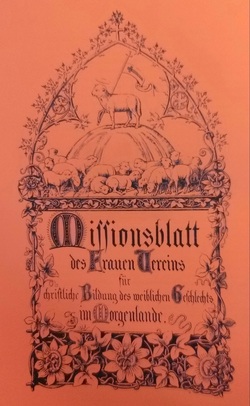 I spoke with the current director of the Morgenlandische Frauen Mission and learned that currently the society has only fifteen members. Otherwise this property of the old society, originally intended as housing for returning missionaries, was taken over by the Lutheran church and converted into a hotel since the 1997.. The society continues to meet regularly to discuss missions in the world and support a few causes. Originally, however, the society, was a school for training women for the mission field in India, Africa, Indonesia and China. They hosted regular Missionsfests, where people would learn about work being done in other countries. The Frauenmission followed the model of the first European women's society, the London Society for promoting of female education in the East, established in 1834. It sent self-employed unmarried teachers to mission work. The German missionary Bernhardt Schmidt, who in 1842 had come from India to Berlin, gave moving mission talks in churches about the unhappy life and death of Indian women and girls (in particular the practice of Sathi, or wife burning at pyre of the dead husband.) This horrified the German audience. Ten women gathered together to find out what could be done, and began the Oriental Woman's Society of Berlin. With the leadership of the wife of the former Minister of Culture, Frau Eichhorn, the. mission began against all odds. They were breaking from the norms that viewed women as subjects of their husband, meant to stay at home. While at this same time some women were receiving education to be teachers and nurses, the view was that this was only necessary due to decades of war. It was the duty of women to strengthen the German home and homeland, not to go help the heathens abroad. Through the husbands of the founders, the Kaiser provided some initial support and soon various Baronesses found this society as an outlet for their interests in the Orient and religion. I had thought this old building (above) near the old Lichtenfeld station (below) was the location where Doris Hahn had gone in 1906 to enroll her daughter, Guschi, in the school. This is where going to the actual location is helpful. in talking to the director I learned that this old building began to be used in 1920. Earlier they had met in someone's home. So Doris most likely went (see selection from diary below) to west Berlin on Alt Moabit Strasse (top of this post). I will try to go see where it might be later on.  In 1912 Guschi would marry Gossner Missionary Martin Prehn in India. In 1915 they were deported from British India when Barbara was just a baby. They returned to India in 1927-36 (deported again for WWII)., My Dad remembers a visit in his home in his childhood home in Odissa. In 1912 Guschi would marry Gossner Missionary Martin Prehn in India. In 1915 they were deported from British India when Barbara was just a baby. They returned to India in 1927-36 (deported again for WWII)., My Dad remembers a visit in his home in his childhood home in Odissa. For those of you interested in reading further an excerpt from Doris' diary written in 1906, that started me on this journey to learn about the Morgenlandische Frauenmission: Feb 4 1906 she writes: "A while ago, I went with Guschi to Miss v. Buddenbrock, chair of the Morgenländischen Women’s Association, to inquire about a possibility of Guschi becoming an aspirant in her home and possibly be sent out to India in the fall. We got this idea from Pastor Römer, who informed us that the association would again connect with our mission and also send teachers to Chota Nagpur, who would be amenable to us. How wonderful it would be if Guschi would get employment with the mission in this way and could later stand on her own two feet! We did not have much hope, to be sure. But the old Baroness was very nice and suggested Guschi should send in her papers so that they could discuss the matter at their next meeting. “Then we will see how this matter will develop.” On February 7: Yesterday went with Papa to Miss von Buddenbrock for coffee hour 6-7 pm. Kind and stimulating conversation on all kinds of subjects, personal and wider interests, especially, naturally also, about Guschi’s possible acceptance into the association, etc. In as far as the old Baroness and her co-worker, an elderly single lady who seems to be her right hand, are concerned, nothing is standing in the way. “Your dear child has made a good impression on me”. That was encouraging. Now, we have to wait what the treasurer and the other ladies will say. May the Lord lead it all after his gracious counsel and will!" Then again on Feb 21: "My main visit however was with Miss Helene v. Stülpnagel, second presiding officer of the Oriental Women’s Association, who will be henceforth Guschi’s superior. Papa had already told us about her, that she was an energetic, thorough and, in the Mission, long admired lady. And I found her just like that. What questions she could ask! And what all did I have to tell her! About each one of our children, and especially about Guschi, about ourselves and our life: she wanted to hear and know everything! Yet not in an unpleasant way. I feel drawn to her, in spite of the great intellectual difference of which I am conscious. Still, we were sympathetic to each other and understood each other." And I was able to express with full conviction how thankful we are, that “our child” was allowed to enter such an association that is being led by her and Miss von Buddenbrock. She dismissed me with the wish that this will become a very blessed relationship which we have now begun. May the Lord help with that!" [I cannot thank my father's cousin Pastor Ilse Nottrott Peetz enough for translating the diary] |















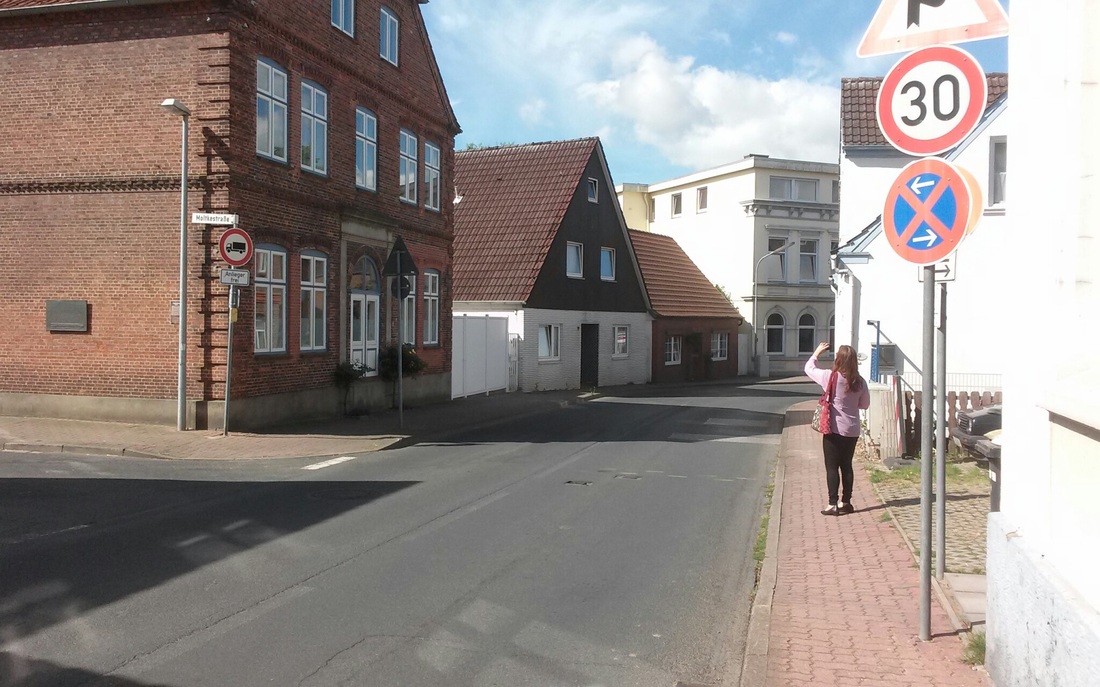


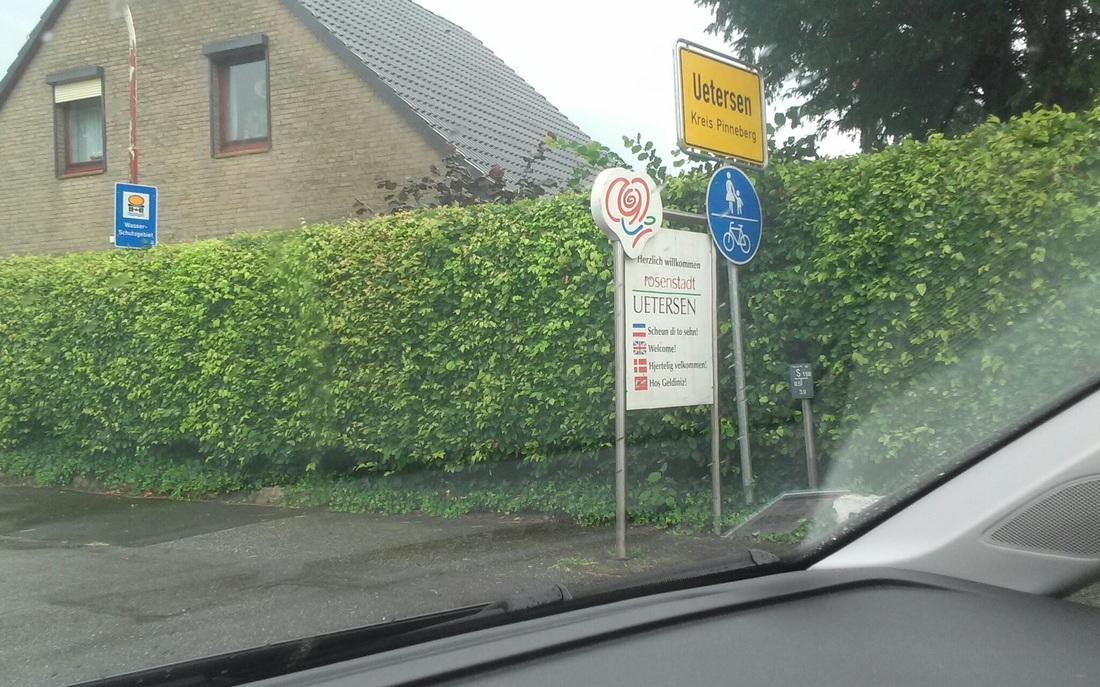





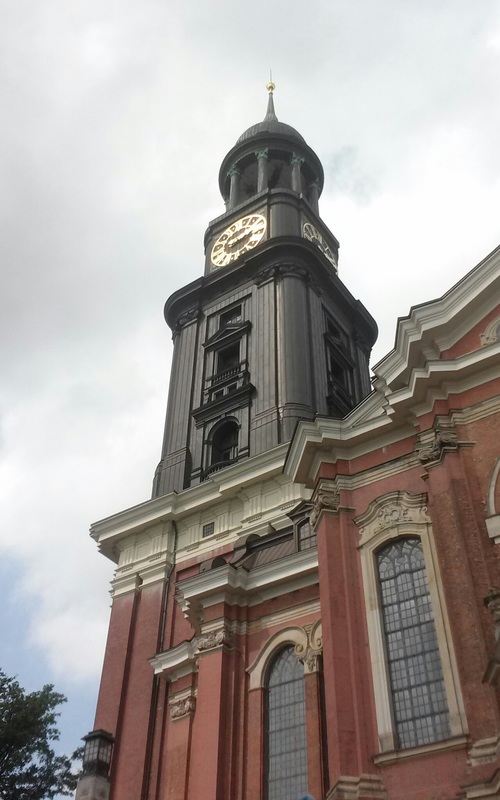
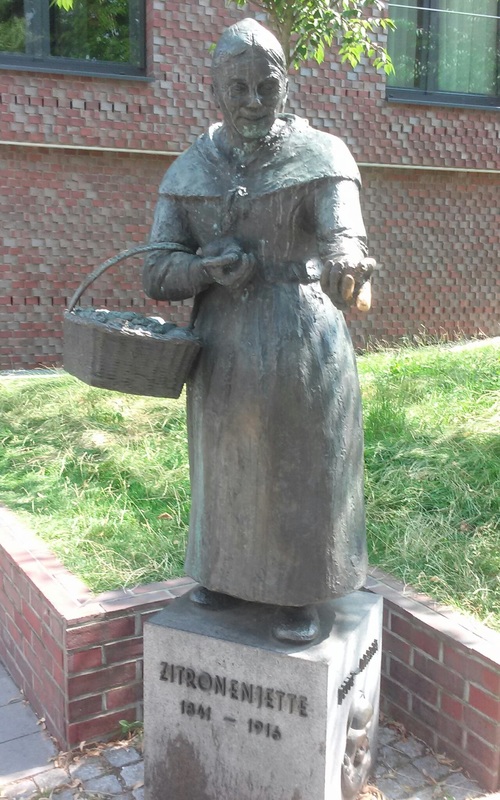




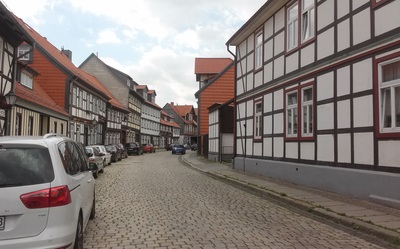


















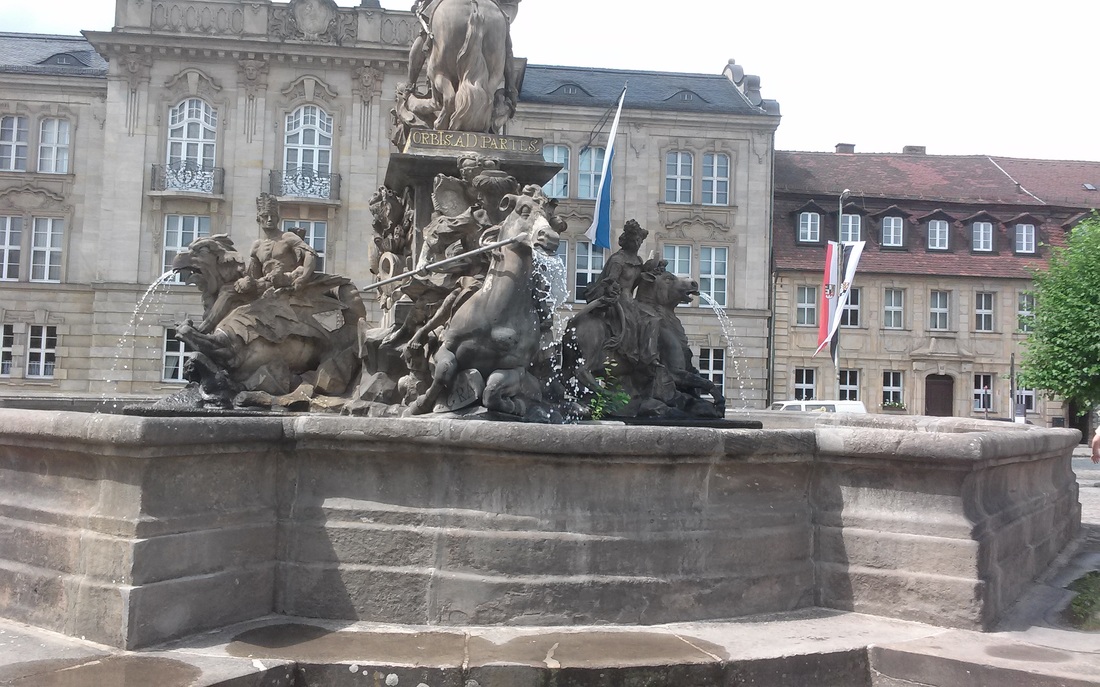

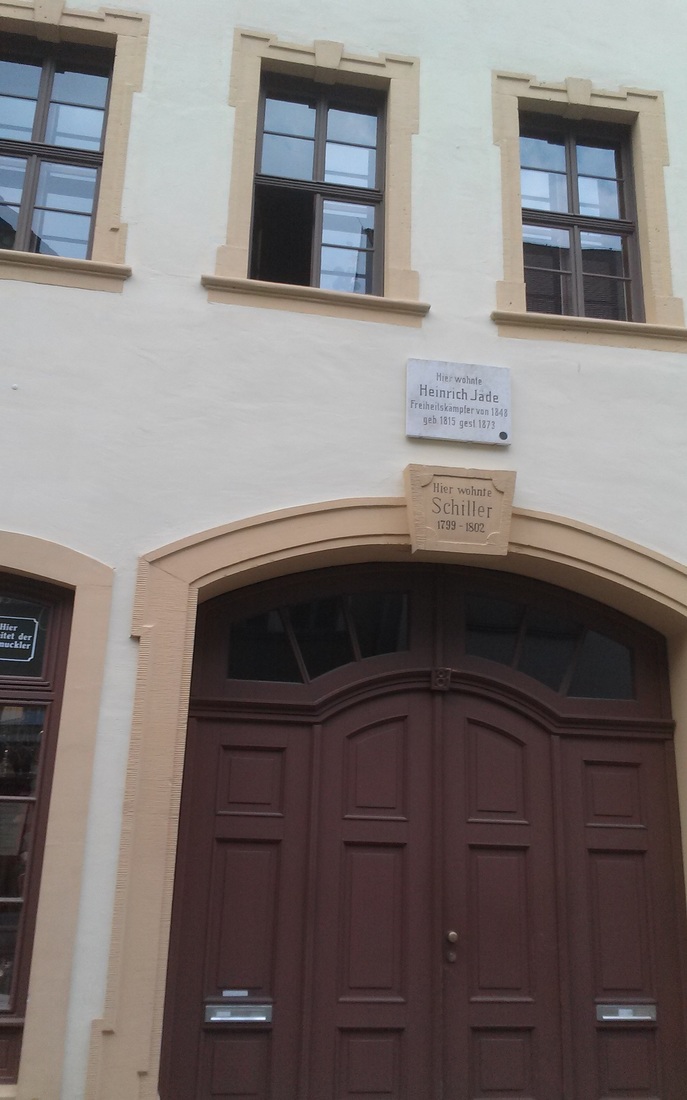






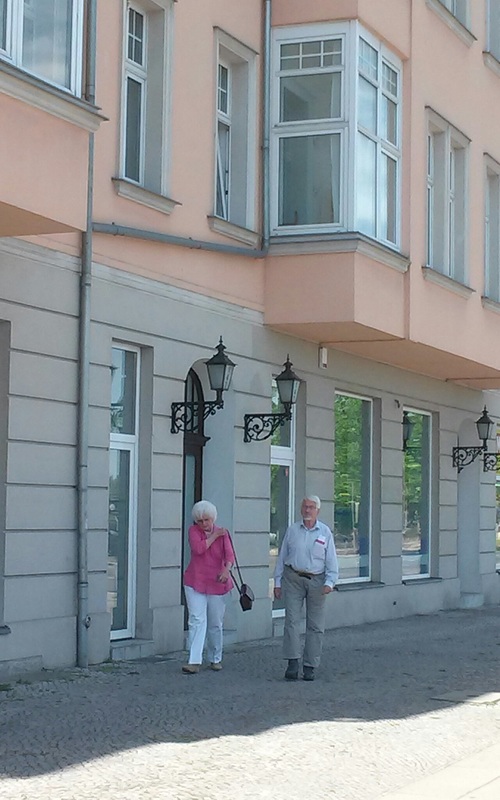











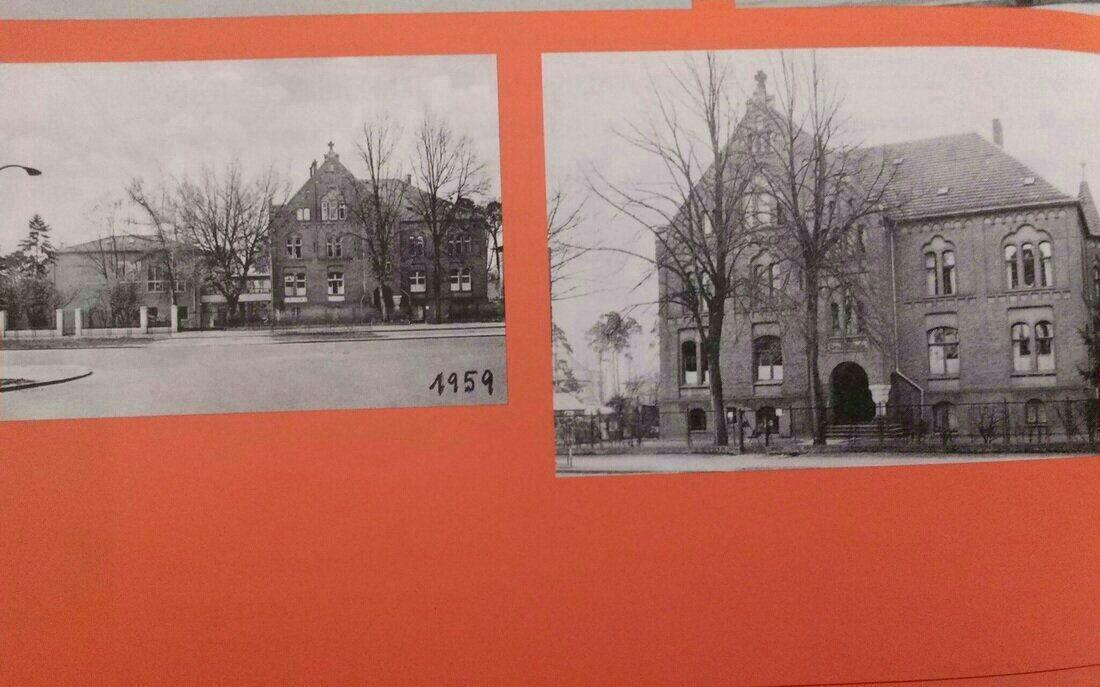


 RSS Feed
RSS Feed